Open Distance Education in India: Expectation and Experience
Open distance education (ODE) has been spreading in India in diverse ways. ODE has been reaching the unreached, the physically, economically, socially and geographically disadvantaged sections of people. It brings about a paradigm shift in teaching-learning process.
Since its beginning in 1962 at Delhi University, open distance education has resulted in the establishment of one national open university, sixteen state open universities and over two hundred distance learningcentres in conventional universities spread across India. More than four million students are enrolled in open distance education programmes and account for about 22 percent of total enrolment in higher education.
Until recentlyODE system was governed by Distance Education Council (DEC) setup by IGNOU in 1991,which was criticized for its inaction, apathy and lack of effective mechanism to monitor enforcement norms. This led to the takeover of open distance education regulatory functions by UGC and in 2017 UGC issued detailed regulations for the governance of open distance education system in India.
The volume will useful to all the stakeholders in open distance learning.
Contents: 1. Introduction. 2. Evolution. 3. Objectives. 4. Organisation. 5. Courses. 6. Student Enrolment and Dropout. 7. Instructional System. 8. Student Assignments. 9. Self Instructional Material. 10. Use of Technology. 11. Exposure to New Technological Initiatives. 12. Student Support. 13. Staff Development. 14. System Evaluation. 15. Framework for Ranking. 16. Survey of Research. 17. Promotion and Coordination. 18. Need for National Policy. 19. Weaknesses and Deficiencies of Distance Education System. 20. Regulating Standards. 21. Status of Indian State Open Universities. 22. Reforming the ODL System in India: Recommendations. 23. National Conference Recommendations. 24. University Grants Commission (Open and Distance Learning) Regulations, 2017.Appendices. References. Index.
Get it now and save 10%
BECOME A MEMBER

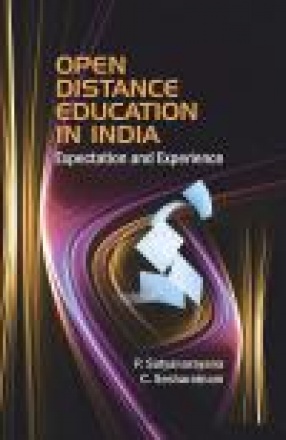
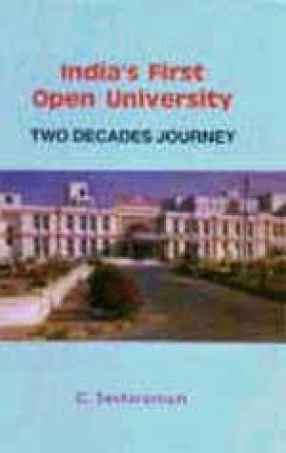
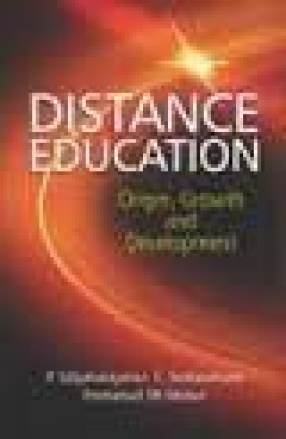
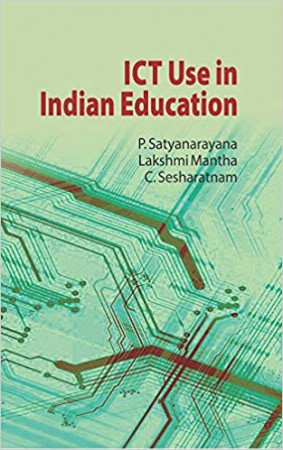
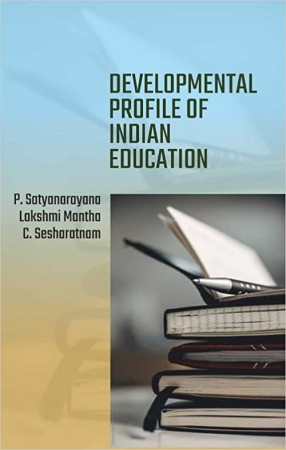
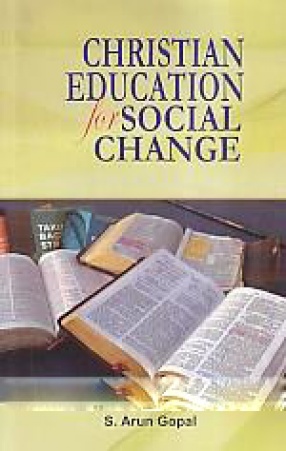
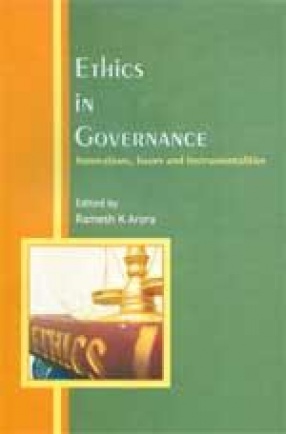
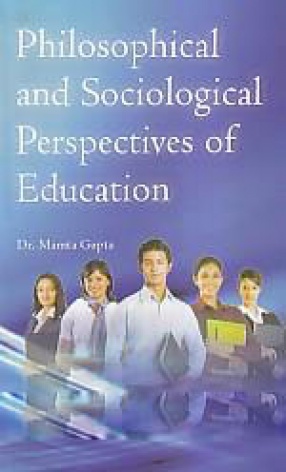
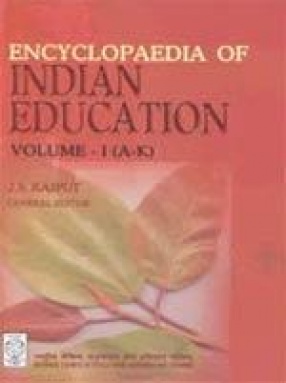

Bibliographic information
C. Sesharatnam